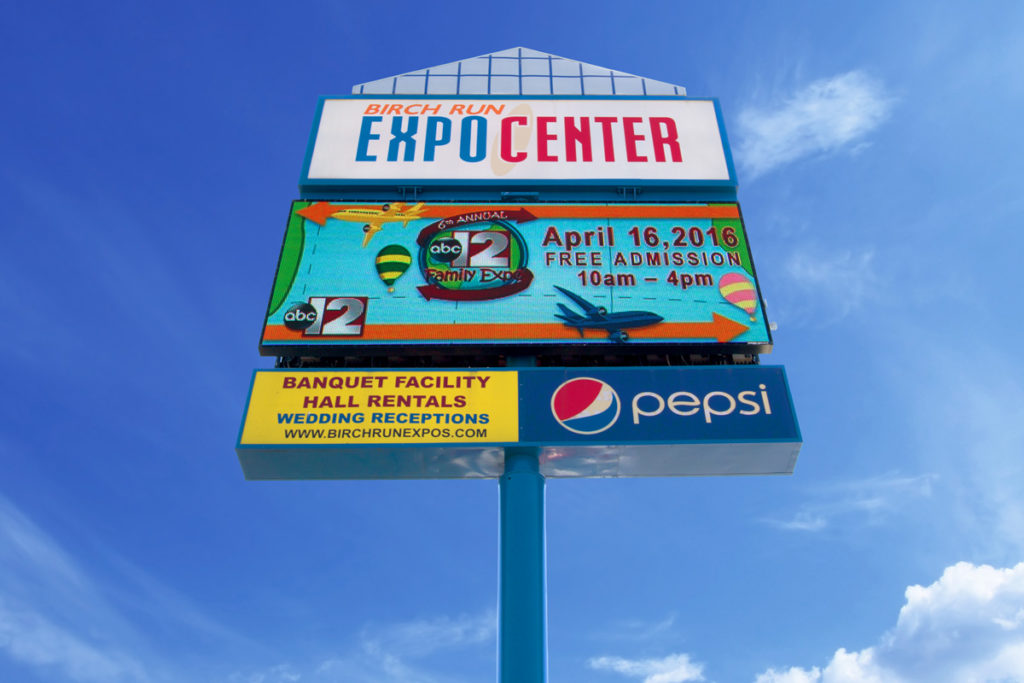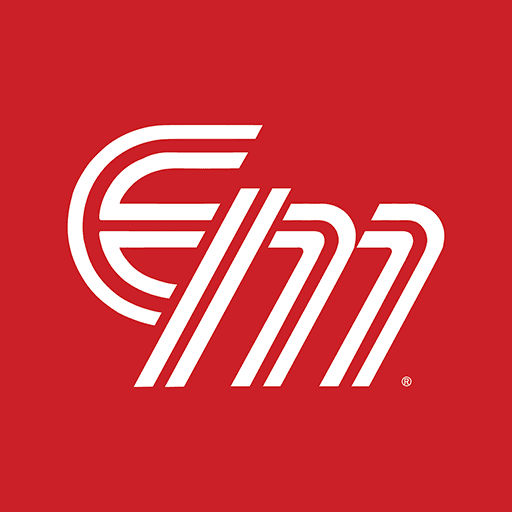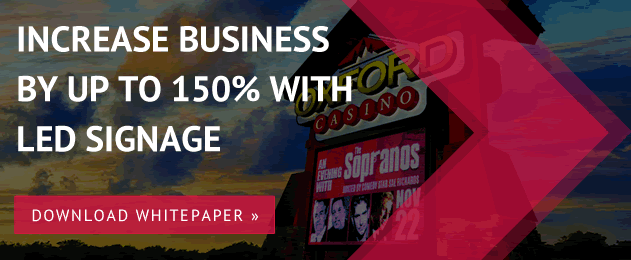
LED displays are no longer just about the hardware—they're about what you do with them. And that’s where LED display software plays a crucial role. From content management to performance tracking, the software behind your signage can make or break the value you extract from your investment. But how do you know if the software is actually worth it?
Let’s break down the ROI of LED display software—why it matters, how it’s measured, and what benefits businesses can expect over time.
LED Display Software Drives ROI
ROI is a key metric for justifying the investment in LED display software and for making informed decisions about future investments. LED display software is the brain behind the screen. In short, it’s what transforms a bright screen into a smart, targeted, and measurable communication tool.

The Most Powerful Digital Signage Software
VUE software by Electro-Matic is an online cloud-based software program compatible with all operating systems for anything including electronic message centers, to LED video walls, televisions, menu boards, digital billboards, and more. This new software contains countless features that are all extremely user-friendly. It enables businesses to:
- Schedule and update content in real time
- Create visually appealing messages or promotions
- Monitor display performance and system health
- Automate dynamic content (like weather, news, or social media)
- Integrate with other marketing or POS systems
Here's a more detailed breakdown of how LED display software drives ROI:
1. Reduced Operational Costs
Traditional signage or manual updates cost time and money. With LED software, you can:
- Remotely update content across multiple locations instantly.
- You reduce labor hours spent on physical changes.
- Errors are minimized, and downtime is reduced.
ROI Impact: Lower labor and maintenance costs over time.
2. Improved Content Efficiency and Engagement

More relevant content equals higher engagement which leads to better business outcomes. Well-designed software allows for:
- Custom playlists and dayparting
- Eye-catching motion graphics and video
- Dynamic targeting based on time, weather, or audience
ROI Impact: Higher foot traffic, sales conversions, or public engagement.
3. Data-Driven Decisions
Advanced platforms offer analytics and insights:
- Know what content performs best
- Track viewer interaction and dwell time (if applicable)
- Monitor display uptime and errors
ROI Impact: Smarter decisions that improve marketing effectiveness and reduce waste.
4. Scalability
As your business grows, your digital signage network can too—with the right software. You can add more displays without increasing overhead, thanks to centralized management.
ROI Impact: Cost-effective expansion and improved control across multiple sites.
5. Brand Consistency
Software helps enforce branding rules by ensuring that:
- Pre-approved templates are used
- Messaging aligns across all locations
- Updates are rolled out uniformly
ROI Impact: Stronger brand presence and reduced compliance risk.

Measuring ROI: What to Track
The ROI for LED display software is calculated by assessing the financial gains or benefits derived from using the software compared to the initial investment. It essentially measures how profitable the software is for the business. To assess the real return, track metrics like:
- Increased sales or conversions after specific promotions
- Cost savings from reduced printing, labor, or travel
- Content effectiveness via engagement analytics
- Operational efficiency and time saved managing displays
- Customer satisfaction or experience improvements
Keep in mind that ROI isn’t just about revenue—it includes cost savings and long-term business value. Here's a more detailed breakdown of how to calculate ROI for LED display software:
1. Identify Total Investment Costs
- Hardware Costs: This includes the cost of the LED display itself, any associated hardware (e.g., media players, controllers), and installation costs.
- Software Costs: Include the cost of the software licenses, any customization or development fees, and ongoing maintenance and support.
- Training Costs: If you need to train staff to operate the software, factor in the costs of training programs or personnel.
2. Determine Potential Revenue and Cost Savings
- Revenue from Advertising: If the LED display is used for advertising, calculate the potential revenue generated from advertising space or sponsorships.
- Cost Savings: If the LED display is used for internal communication or digital signage, assess the cost savings from reduced printing costs, paper usage, and other related expenses.
- Increased Productivity: If the software improves efficiency or workflow, quantify the increased productivity in terms of financial gains.
- Improved Customer Engagement: If the display leads to more customer interaction or sales, estimate the increased revenue generated.
3. Calculate Net Revenue
This represents the profit generated by the LED display software.
Total Revenue - Total Costs = Net Revenue
4. Calculate the ROI
(Net Revenue / Total Investment Costs) = ROI
ROI x 100 = ROI as a Percentage
So, is modern day LED display software worth the Investment? When used strategically—absolutely. The upfront cost of LED display software may seem like just another line item, but when it enables your screens to work smarter, faster, and more effectively, it pays for itself over time. Whether you're in retail, education, hospitality, healthcare, or manufacturing, robust LED display software is a critical driver of your signage ROI. If your digital signage is only as good as what’s on the screen, then the software is what makes that content count.




